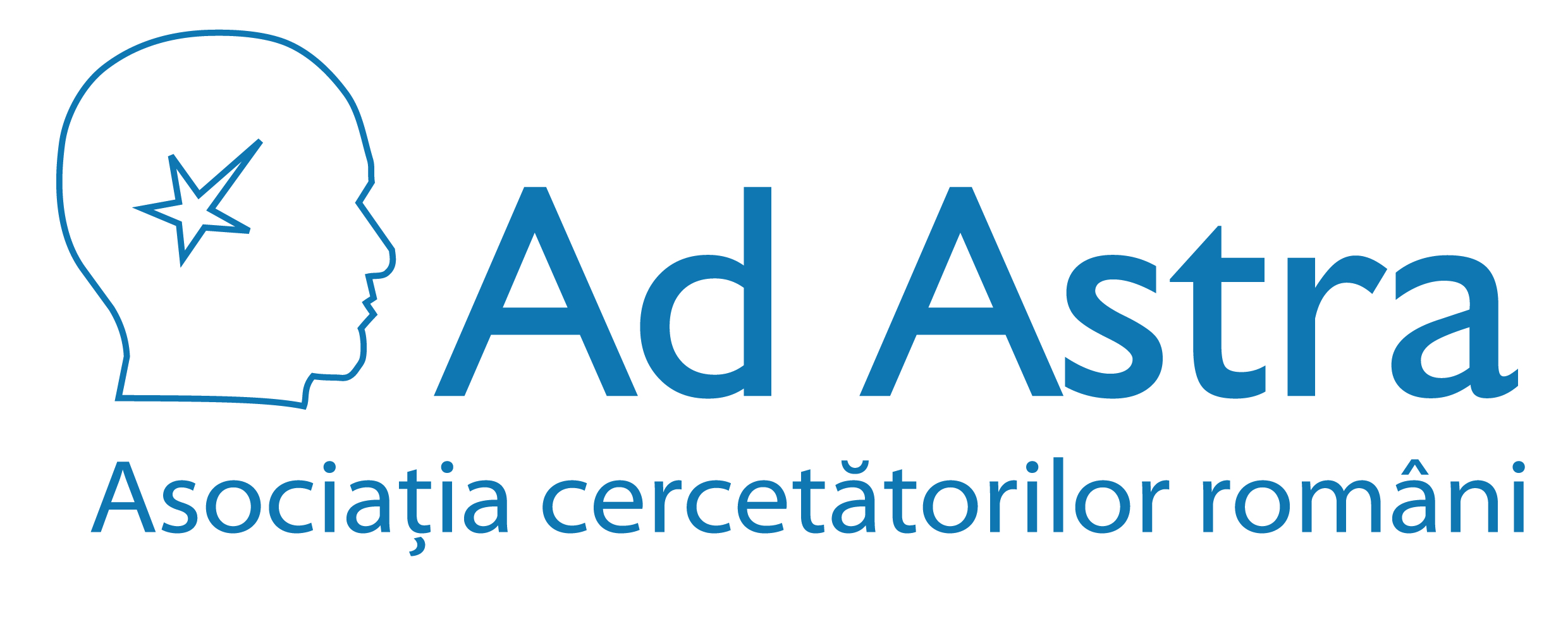Scopul nostru este sprijinirea şi promovarea cercetării ştiinţifice şi facilitarea comunicării între cercetătorii români din întreaga lume.
Staff Login
Publicatii proprii
Polymerized hemin as an electrocatalytic platform for peroxynitrite’s oxidation and detection.
Peroxynitrite (ONOO-) constitutes a major cytotoxic agent, implicated in a host of pathophysiological conditions, thereby stimulating a tremendous interest in evaluating its role as an oxidant in vivo. Some of the detection methods for peroxynitrite include oxidation of fluorescent probes, EPR spectroscopy, chemiluminescence, immunohistochemistry, and probe nitration; however, these are more difficult to apply for real-time quantification due to
Read more„Detection Challenges in Clinical Diagnostics” Book
"Detection Challenges in Clinical Diagnostics" Editors: Pankaj Vadgama, Serban Peteu ISBN: 978-1-84973-612-1, Copyright: 2013 Royal Society of Chemistry, Cambridge, CB4 0WF, UK. Book Synopsis: There are many remaining challenges impeding future progress in field of Clinical Diagnostics. This book presents a technical assessment and vision of clinical leaders, scoping the clinical and other diagnostic needs and the bottle-necks in their cognate fields.
Read moreX-Ray Absorption Fine Structure of the Hg(1-x)CdxTe Semiconductors
X-Ray Absorption Fine Structure of the Hg(1-x)CdxTe Semiconductors
Read moreHydrogen absorption and electrode properties of Zr1-xTixV1.2Cr0.3Ni1.5 Laves phases
Substitution of titanium for zirconium in Zr1-xTixV1.2Cr0.3Ni1.5 (x=0.25; 0.4; 0.6) results in the C15 cubic phase as the main component, the lattice parameter decreasing with increasing Ti content. The desorption isotherms show sloping plateaux and the dehydriding enthalpy decreases with the increasing x. The discharge capacity of the hydride electrode shows remarkable constancy up to 200 cycles for Zr0.4Ti0.6V1.2Cr0.3Ni1.5 (238 mAh g−1).
Read moreTHE EFFECTS OF BALL-MILLING ON THE PROPERTIES OF AB3 : AB5 ALLOY MIXTURES
The ball milling of a mixture of Laves phase and LaNi5 type alloys results in a Laves phase type structures with XRD pattern characteristic to nanostruntured materials. The transformation leads also to changes in the hydrogen desorption isotherms and improves the discharge capacity of the hydride electrode.
Read moreInfluence of lanthanide oxides on the catalytic activity of nickel
The catalytic activity of supported Ni/Ln2O3 (Ln=La, Ce, Gd, Ho, Yb) catalysts for the hydrogen/water isotopic exchange reaction has been studied. The metallic and total surface areas were measured by hydrogen and krypton adsorption, respectively. The Ni surface area evaluated by hydrogen chemisorption is higher than the total BET surface area for Ni/La2O3. The Ni surface area does not change significantly while the total surface area increases with
Read moreStructural properties of some transition metal highly doped carbon aerogels
Structural characterization of transition metal highly doped carbon aerogels obtained through the sol-gel polymerization process of the formaldehyde with the potassium salt of 2,4-dihydroxybenzoic acid, followed by metal ions exchange using Ni(II) and Cu(II) aqueous solutions, supercritical drying with liquid CO2 and carbonization at 1050 degrees C under inert atmosphere has been performed. Transmission electron microscopy (TEM), X-ray diffraction
Read moreSemiconductor photoelectrodes for solar splitting of water
Preliminary results referring to the synthesis of tungsten oxide thin films with possible utilization as photoanode for water splitting are presented. WO3 thin films were deposited on optical glass substrate by dip coating method, using aqueous solutions of peroxotungstic acid (PTA). The dipping solution was prepared from tungsten oxide hydrate (WO3⋅xH2O) and hydrogen peroxide in well controlled conditions. After coating, the sol-gel derived films
Read more
